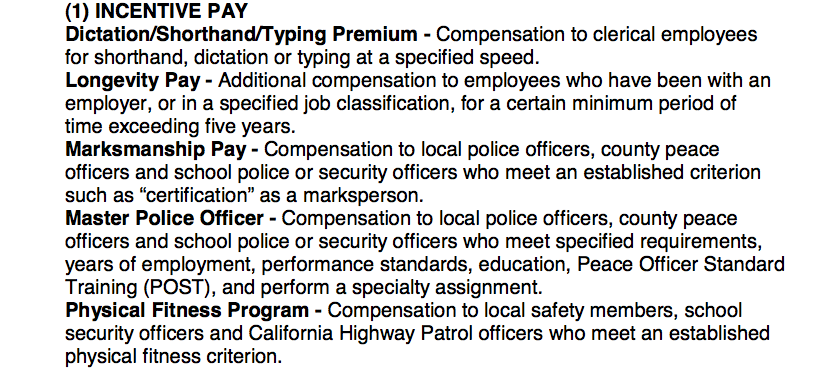Pennsylvania’s top auditor claims that the city of Carbondale boosted pension benefits for certain top cops close to retirement, an action that–due to the nature of the benefit increases–violated state law.
In Pennsylvania, pension benefits can only equal up to 50 percent of a worker’s final year salary. But the city offered to sweeten benefits for four city police officers, who are now earning benefits equal to 65 percent of their final salary.
The auditor says those benefits are a clear breach of state law, but the city says it avoided breaking the law by using a loophole of sorts. From the Times-Tribune:
Last year, Mayor Justin Taylor and city solicitor Frank Ruggiero said the higher benefits were legal because the 15 percent extra for the three officers and 10 percent additional for the disabled officer come from the city’s annual budget rather than the police pension fund. Mr. Taylor said the city would save almost $550,000 during the next four years by replacing the officers with lower-paid full- and part-time officers.
The additional benefits are costing the city an extra $2,326 a month, the auditor general says, or $27,912 a year.
Mr. Taylor said city officials still think they’re right and don’t plan to stop making the payments. The city is weighing its options and might appeal the findings because of a fundamental disagreement over the nature of the payments, which are retirement incentives not pension payments, the mayor said.
“We’ve been disagreeing from day one,” he said.
Auditors informed the city of their concerns back in February. The auditors say the city told them they would respond in 10 days. But the city never called them back.
Now, auditors are threatening punishment. Specifically, they are prepared to withhold all state contributions to the pension fund.
Susan Woods, a spokeswoman for the auditor general, said it may not come to that, but auditors are prepared to take action.
“It hasn’t risen to that level,” she told the Time-Tribune. “If they continue to do this, we do have the ability to withhold.”
Auditors took issue with other areas of the city’s handling of pensions, as well. From the Times-Tribune:
The auditor general also criticized other areas in the city’s pension funds:
- The city’s provision of cost-of-living increases in pension benefits for firefighters who retired as of Jan. 1, 1993. These firefighters receive a 2.5 percent raise in benefits on the third anniversary of their retirement and every year after that, but the auditor general says the maximum pension should be only 50 percent of the highest salary of an active firefighter.
This criticism was actually a repeat of criticism in an earlier audit.
City officials told auditors they were unable to change the provision through bargaining with the firefighters’ union.
- The city’s failure to calculate and contribute the interest on its late 2011 minimum pension payments and did not pay its 2012 and 2013 payments. In response to the criticism, the city contributed more than $666,000 to cover the payments and interest.
The Pennsylvania Commonwealth Court ruled in 2001 that cities must abide by the benefit limits imposed by state law.












